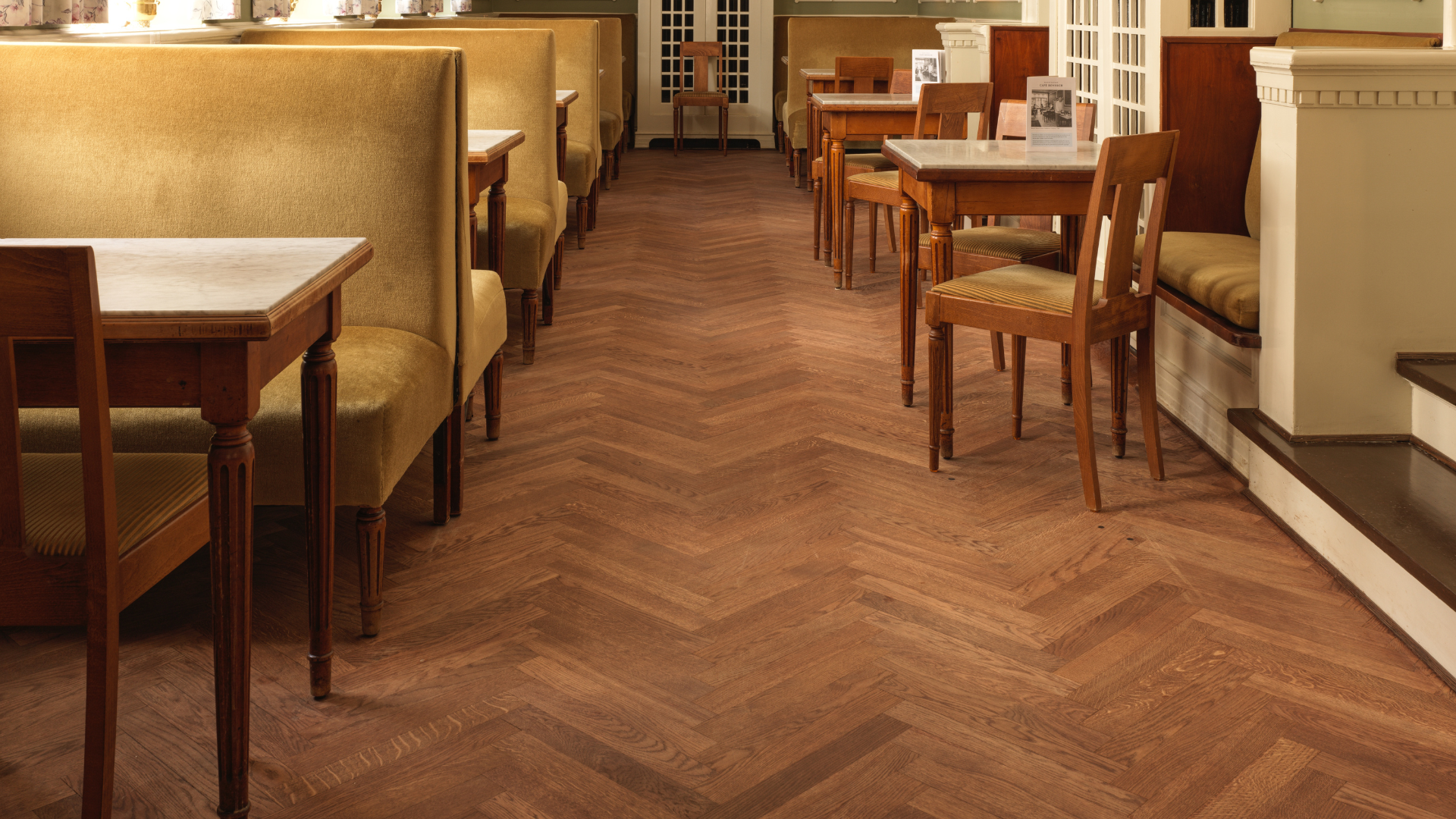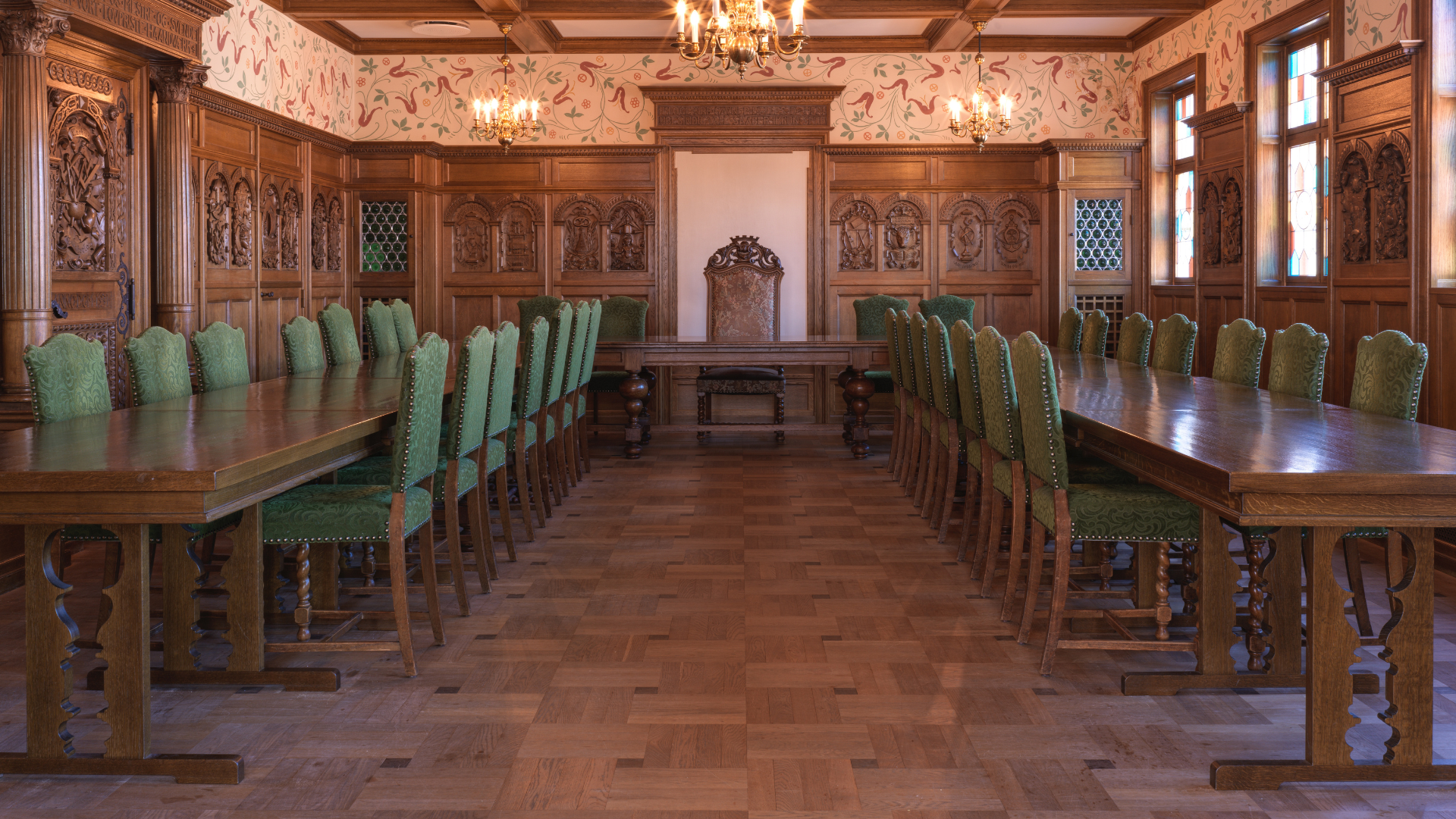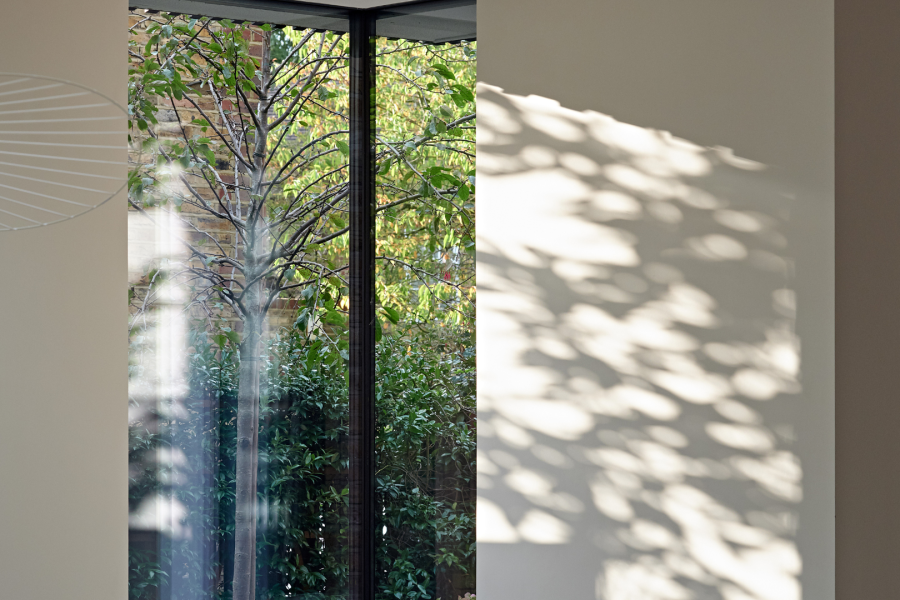19. August 2025

Josefine Alstrup
Den Gamle By, The Old Town, is more than a museum. It is a living, immersive environment that draws over half a million visitors each year, many from abroad.
In the heart of Aarhus lies a place where Danish history is not merely preserved; it is lived.
Den Gamle By, The Old Town, is more than a museum. It is a living, immersive environment that draws over half a million visitors each year, many from abroad. With its cobbled streets, historic houses, working workshops and authentic shops, it offers a rare and tangible glimpse into everyday urban life across centuries of Danish history.
Den Gamle By is not only a cultural landmark but also a centre for research and education. Internationally recognised - with a place on the Hillman Wonders list of the world’s top 1000 attractions - and named Denmark’s Museum of the Year in 2009, it continues to evolve while remaining firmly rooted in its heritage.
At Hørning, we are proud to contribute to this important institution as a product sponsor. Our herringbone oak floors can be found beneath the feet of its many guests in the café, the guild hall (Laugsalen), and the old ticket office. These gathering spaces, designed for reflection, conversation and community, are grounded in craftsmanship that honours both tradition and longevity, and supports the education of future craftsmen.
In a setting where every detail tells part of the story, the flooring is more than a surface. It is a layer of the narrative, and we are proud to be part of it.
Photos by: Bjarne Lund Johansen

Explore more stories

EPDs As A Design Tool
18. November 2025
In contemporary architecture, beauty and responsibility must go hand in hand. With the growing demand for transparency, EPDs have become an essential tool.

Forskaren: Inspiring Surroundings
14. November 2025
Stockholm’s new life science centre, Forskaren, is located at the heart of the emerging Hagastaden district in the northern part of the Swedish capital.

Craftsmanship With Conscience
12. November 2025
In the heart of Copenhagen, where the city’s political and architectural heritage converge, stands a building that once housed an important institution.



